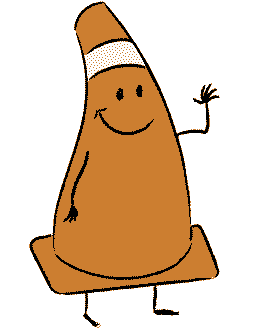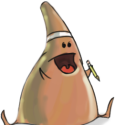3D Character Creation
Class 07: 3D SculptingTopics
- Caricature
- Human Animal Hybrids
- 3D Scanning
- Concepts Sculpting
- Class 07 Lab
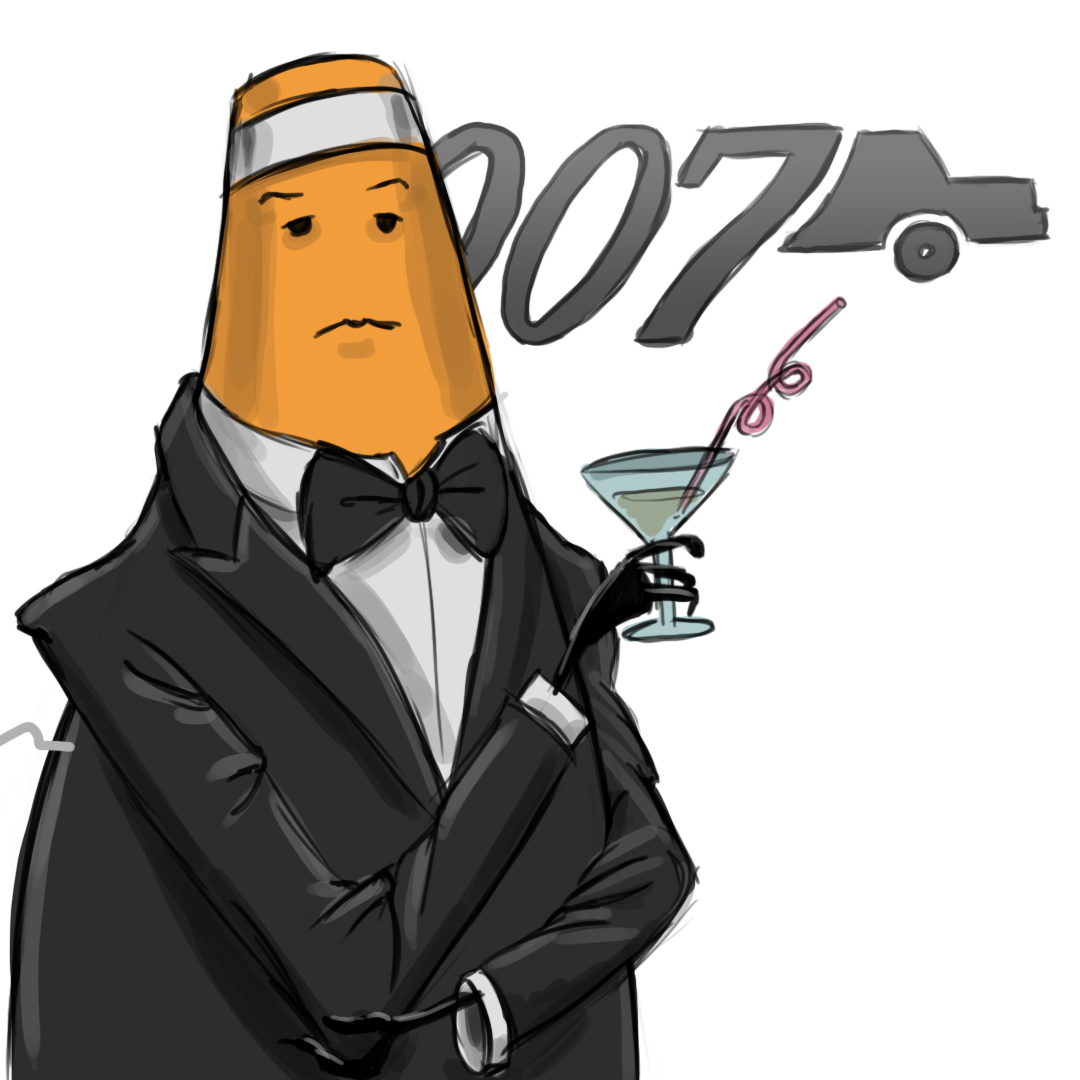
A classy class
Caricature
Caricature:
A pictorial, written, or acted representation of a person, which exaggerates his characteristic traits for comic effect.
A caricature should do three things:
- Likeness: it should look like what it is suppose to be, obviously.
- Exaggeration: If you don’t depart from reality it is just a picture.
- Statement: You should editorialize. Your picture should say something. This is at its heart what art is about. This is often ignored especially at theme parks.
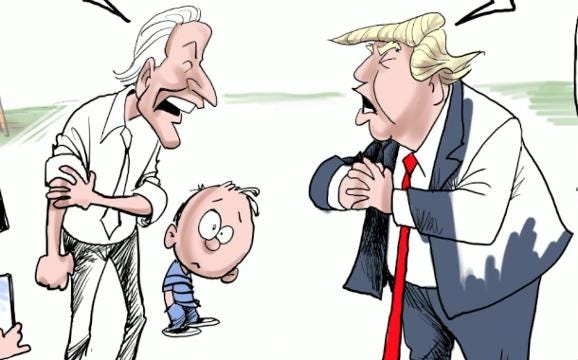
Caricature has a deep history in political cartoons
Bad Caricature:
You have all seen these caricatures at carnivals. They all look exactly alike. There is nothing unique here.
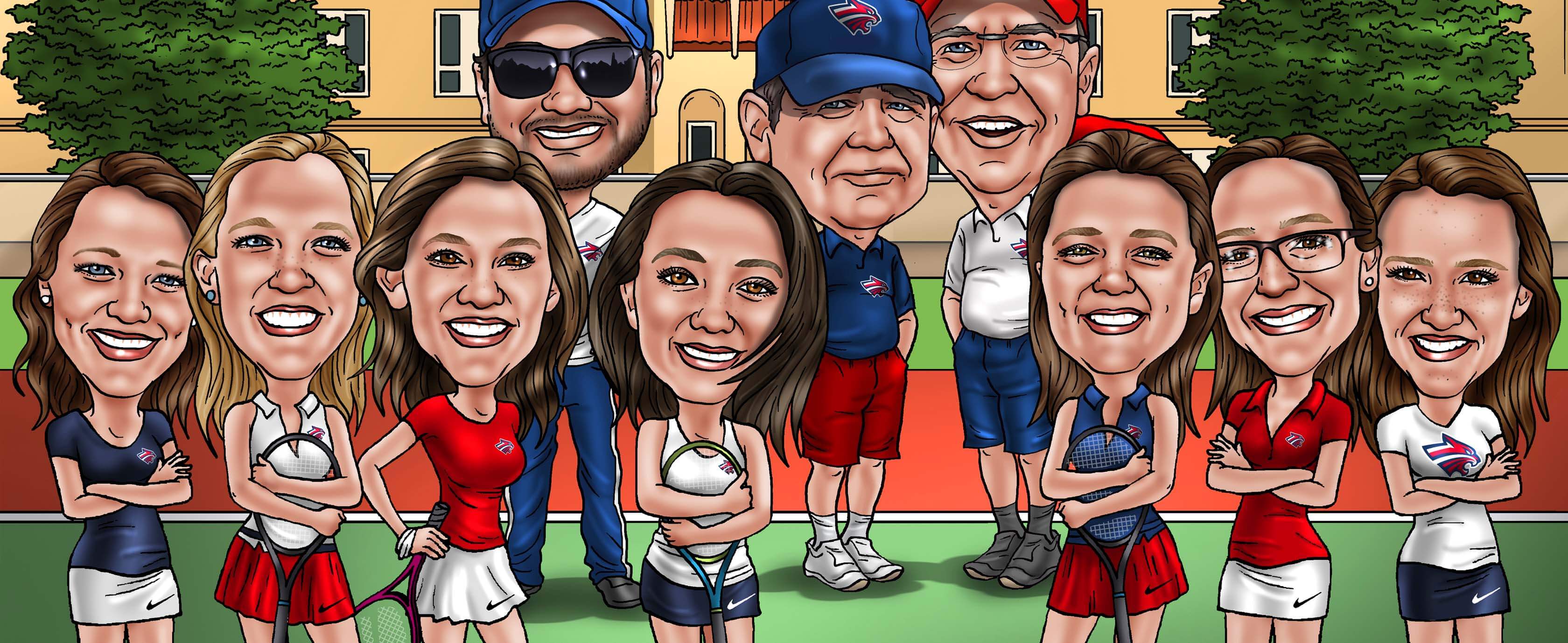
Good Caricature:
Notice how the whole figure, specifically the silhouette, is manipulated.
Sebastian Krüger
Observation:
You have to look at your specimen and determine what makes it unique. It is all about “seeing”. You need to be able to find defining attributes and exploit them.
You should then choose what to exaggerate the different areas of the face that help make it unique.
The exaggerations are only as strong as their relationships. So if you want a large nose make a small mouth. Make sure all elements are utilized.
You observe and react. You have been doing this already every time you gesture because you can’t draw the subject with 100% accuracy.


Don’t go obvious:
Same horse, different exaggeration.

Don’t go obvious:
What make a frog a frog? Being green? Long legs? Big eyes? Don’t take the obvious roads. Find the essence of the subject but put a unique twist on it. Using your own assumptions you can create something unique because you are unique. The people that designed these were all different so their designs were different.



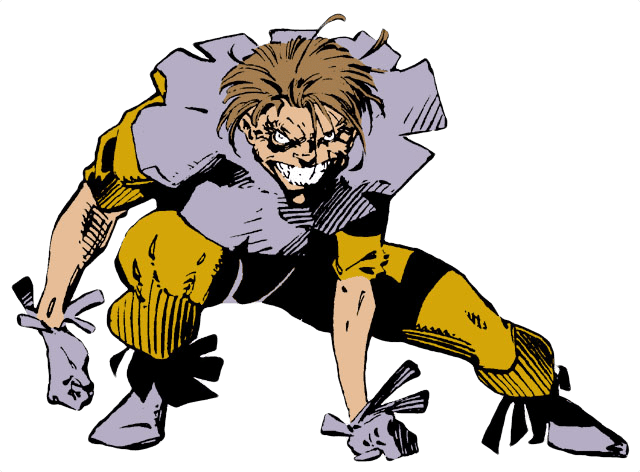
Human Animal Hybrids
Anthropomorphic
Giving human qualities to an animal, object, or other being (like a god). This is a very common method when designing animal characters, giving them either the features of the actors that play them or features of another person. Doing the opposite is also used for human actors and characters. Applying animal characteristics is useful to trigger those primal emotions. Comic book characters are a great example of this.
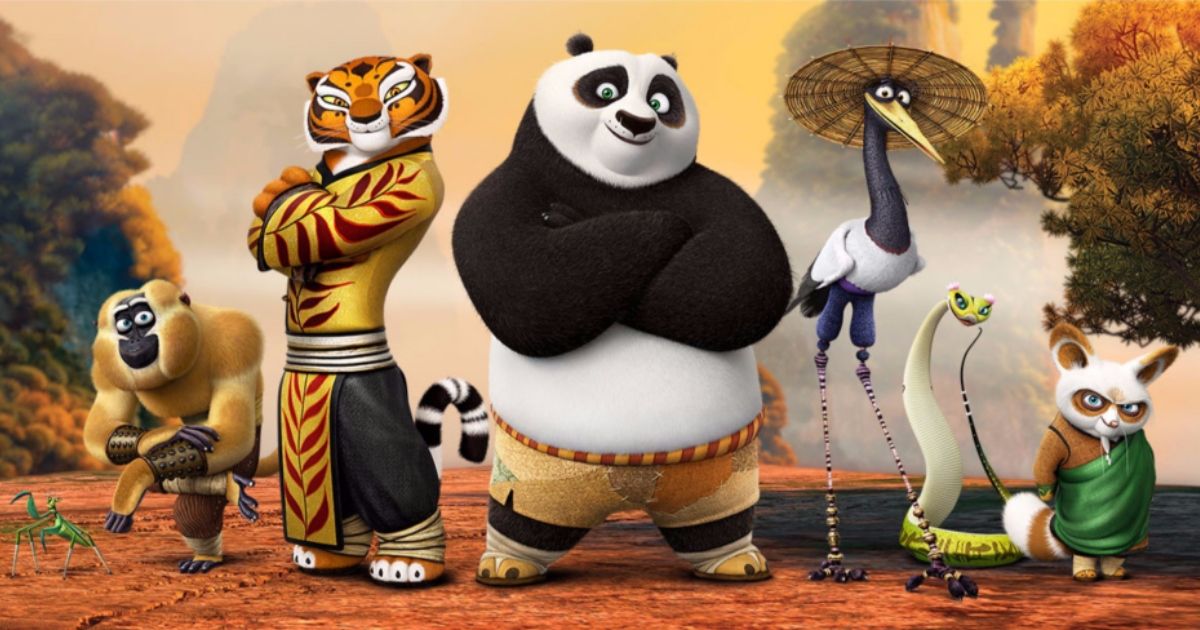

3D Scanning
3D Scanning
3D Scanning is a useful tool for capturing real life objects as 3D models that you can use on your computer. Unfortunately these generally result in imperfect captures that are high poly and tesselated. This means they can not be immediately used but you can use them as a base to retopologize or build overtop of. This is particularly useful when you are trying to model something exactly (face with likeness, product, etc.).
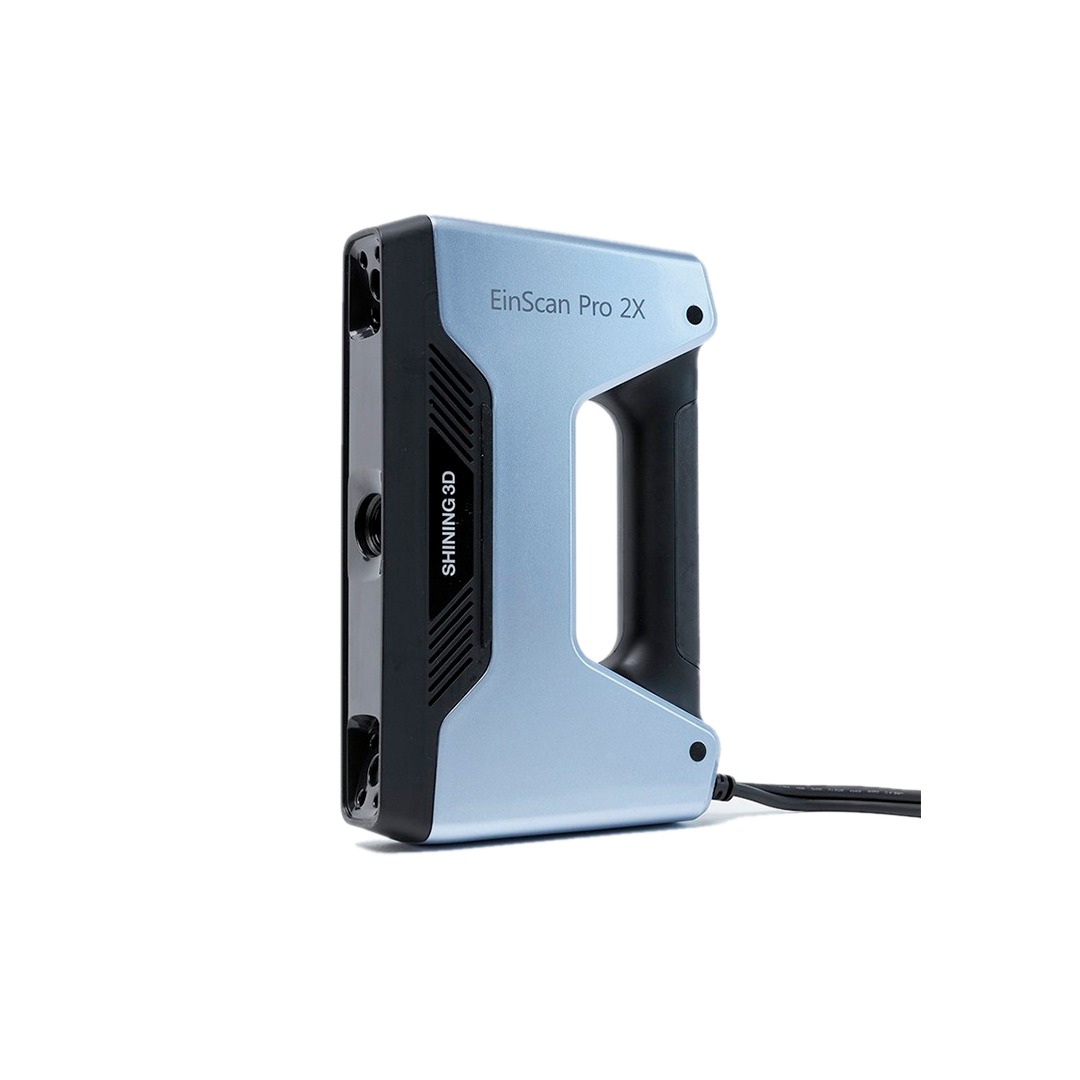


Introduction to Sculpting
3D Scanning
3D Scanning is a useful tool for capturing real life objects as 3D models that you can use on your computer. Unfortunately these generally result in imperfect captures that are high poly and tesselated. This means they can not be immediately used but you can use them as a base to retopologize or build overtop of. This is particularly useful when you are trying to model something exactly (face with likeness, product, etc.).



Concept Sculpting
Concept Sculpting:
The idea with concept sculpting is to explore design quickly and without limitation. Think of it like gesture drawing.
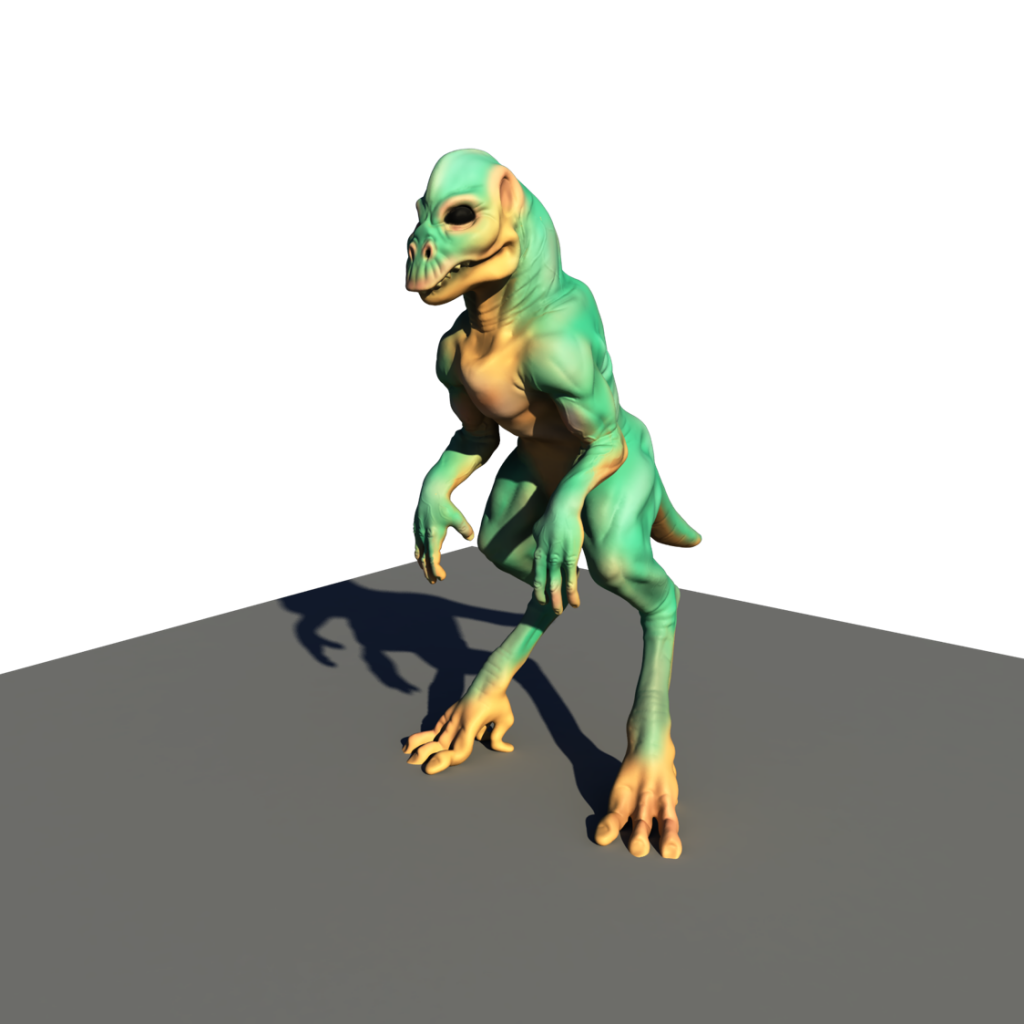
This was made in half an hour. In traditionally modeling this would take a full day to create.
Dynamic Tesselation
Dynamic Tesselation is the method by which triangulated geometry is produced in real-time interactively. This method is an improvement from the older method of sculpting by which you must subdivide the model to increasingly higher resolutions to produce large forms or smaller details. The major setback of this method is that the results of the sculpture are not usable for production. This is however a great way to freely sculpt a base with a concentration on aesthetics.
When create sculpt this way you should concentrate on exploration and overall form. Do not get carried away with details since they will eventually be replaced with proper topology. You may sculpt the details later.
The program above is called SculpGL. It runs right in your browser. It actually leverages dynamesh itself. Try it out.
Class 07 Lab
Caricature Animal Sculpt Lab
In the last lab you produced a 3D model traditionally using actual clay. For this lab you will complete something similar using digital “clay”. You will produce a caricatured animal using a human personality as a guide using a 3D sculpting software.
You will be graded on the following:
- Lab Requirements
-
Techniques and processes covered in the instructional material is followed and implemented.
-
- Creativity & Craftsmanship
-
Excellent design choices, novel & appealing, and solid clean caliber work.
-
Resources:
- Assignment Video Tutorials
- You may watch the tutorial videos below to help you complete your assignment.
Assignment Video Tutorials
Wait! Before you go!
Did you remember to?
- Read through this webpage
- Submit the Caricature Animal Sculpt Lab on Canvas
